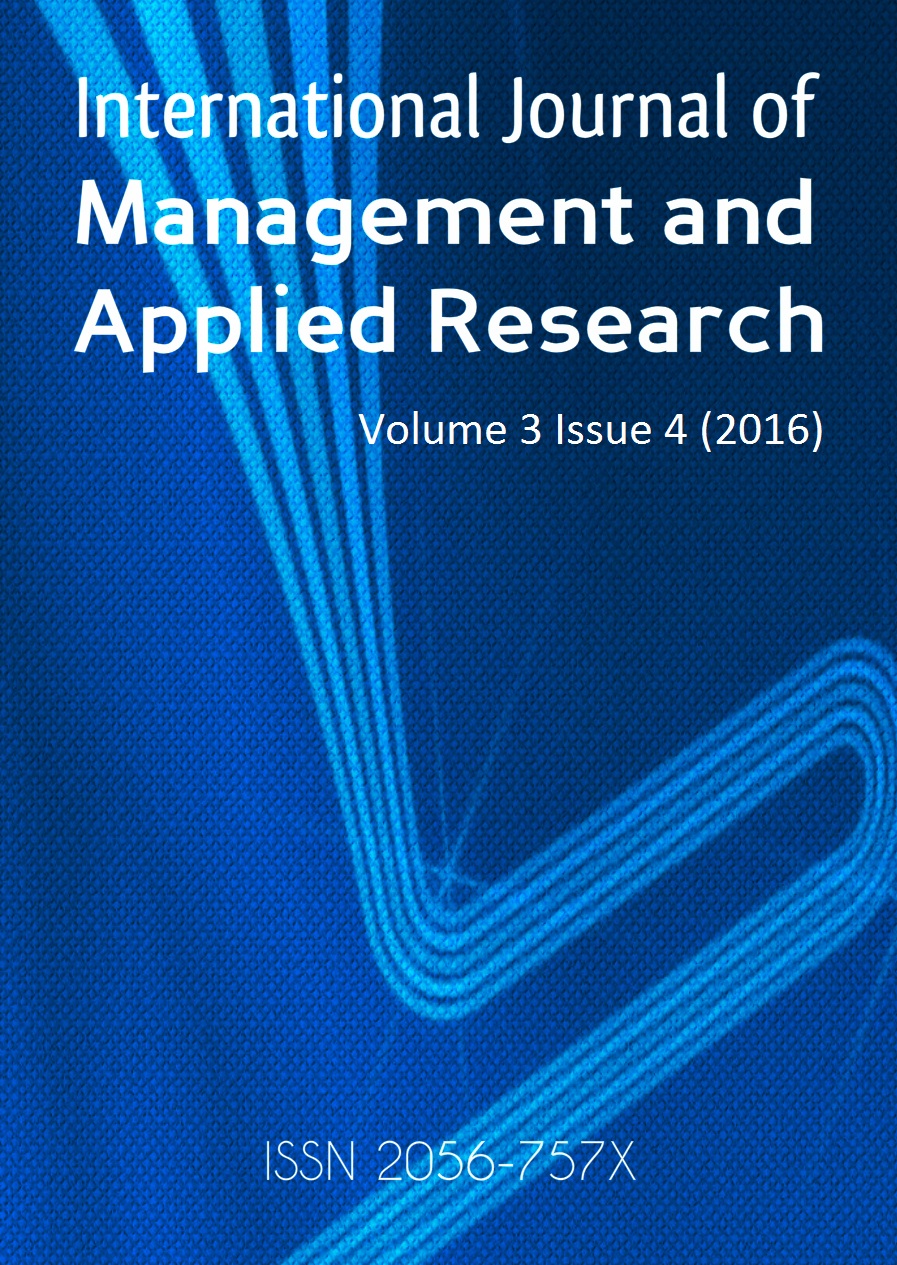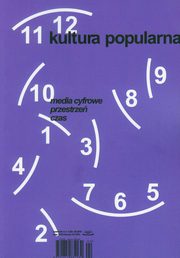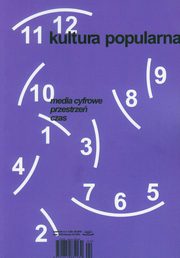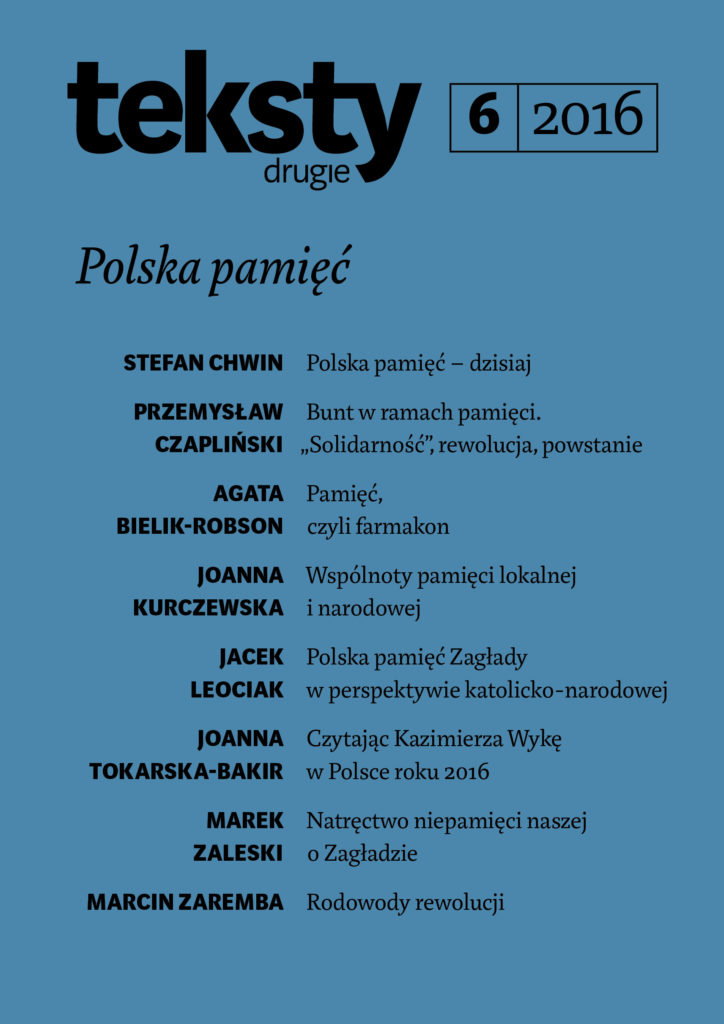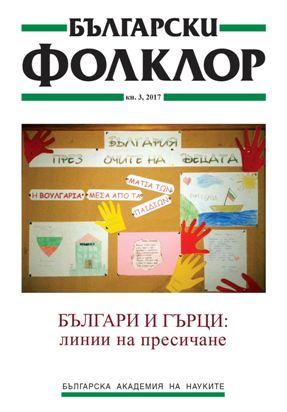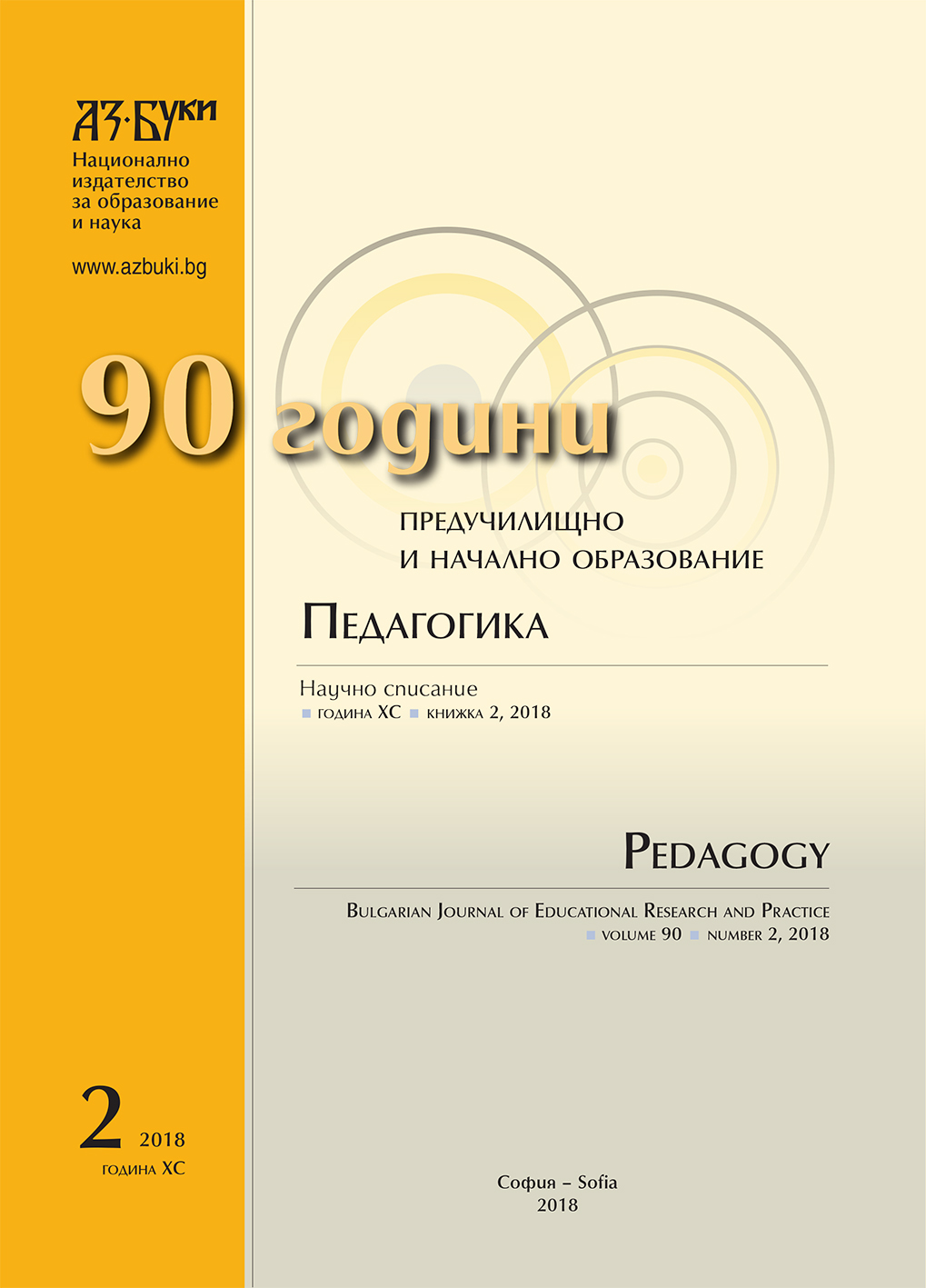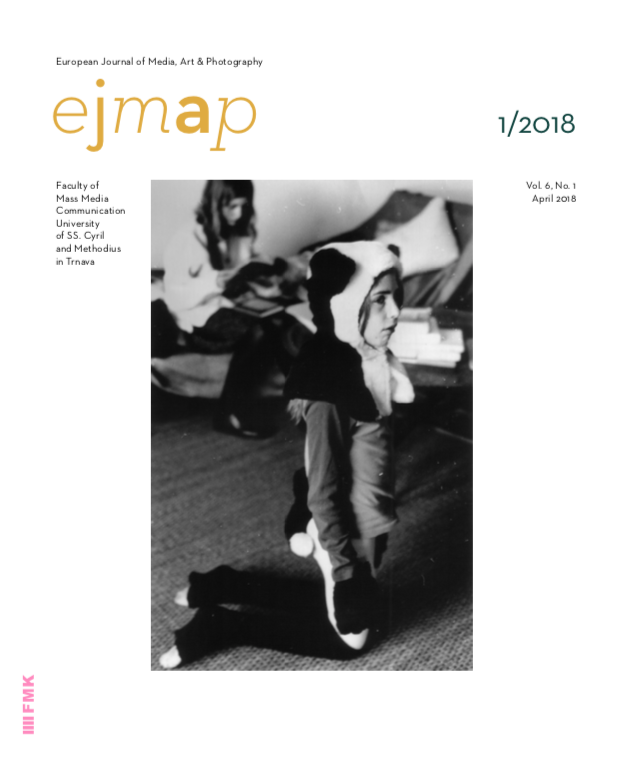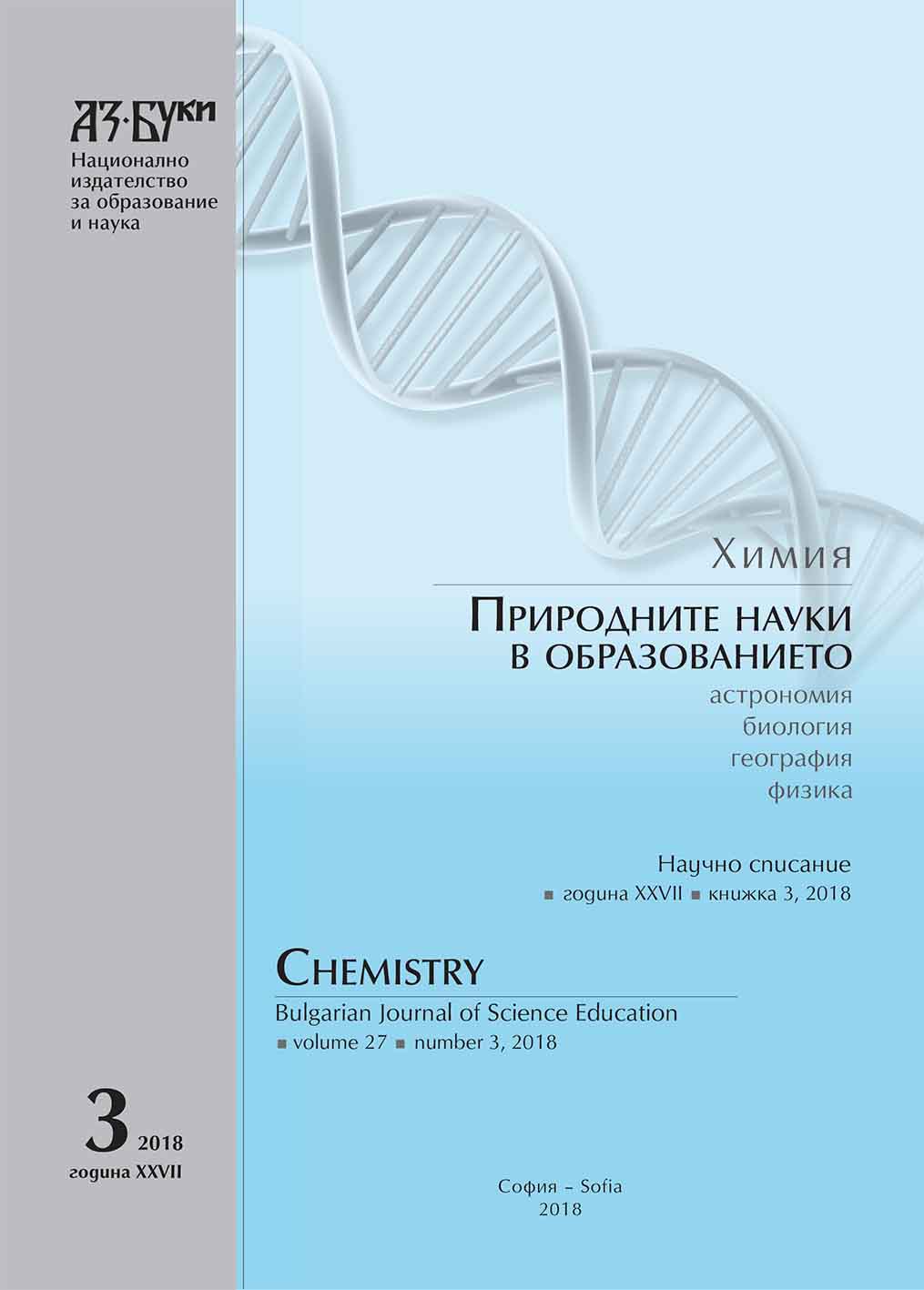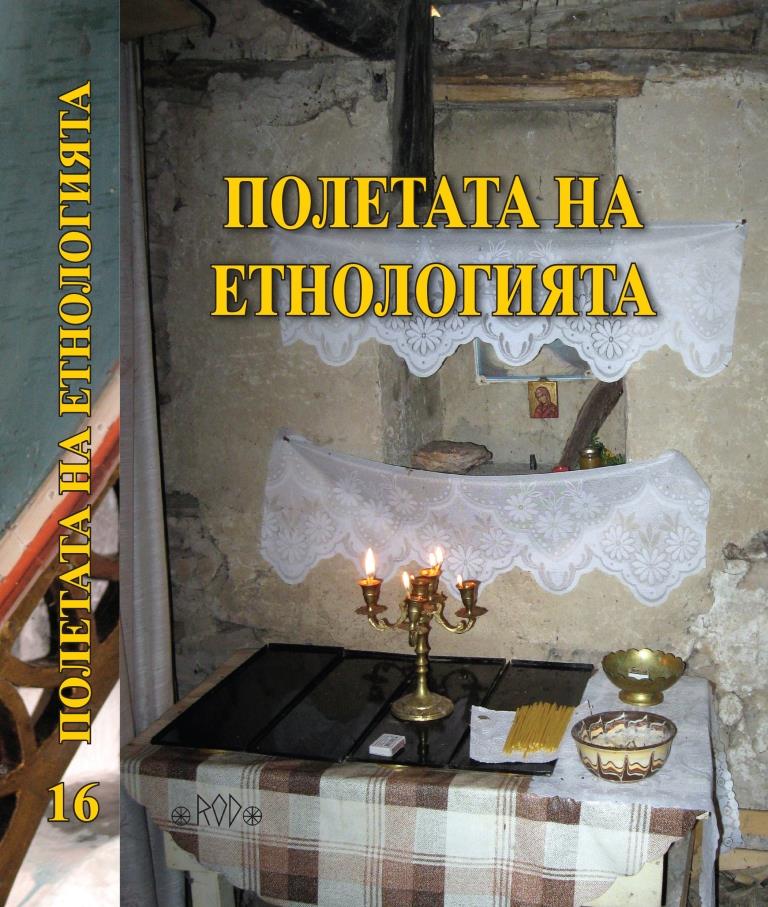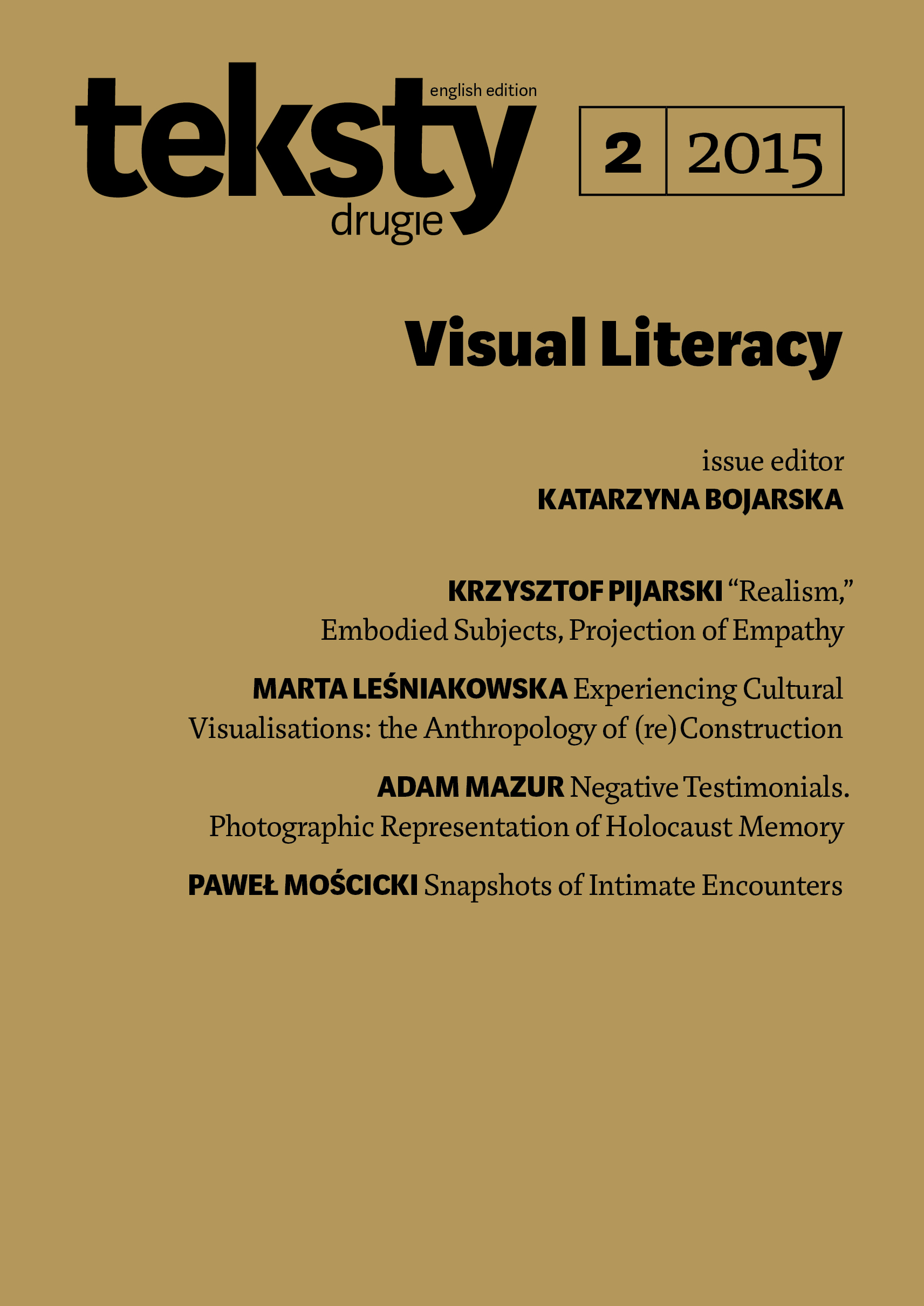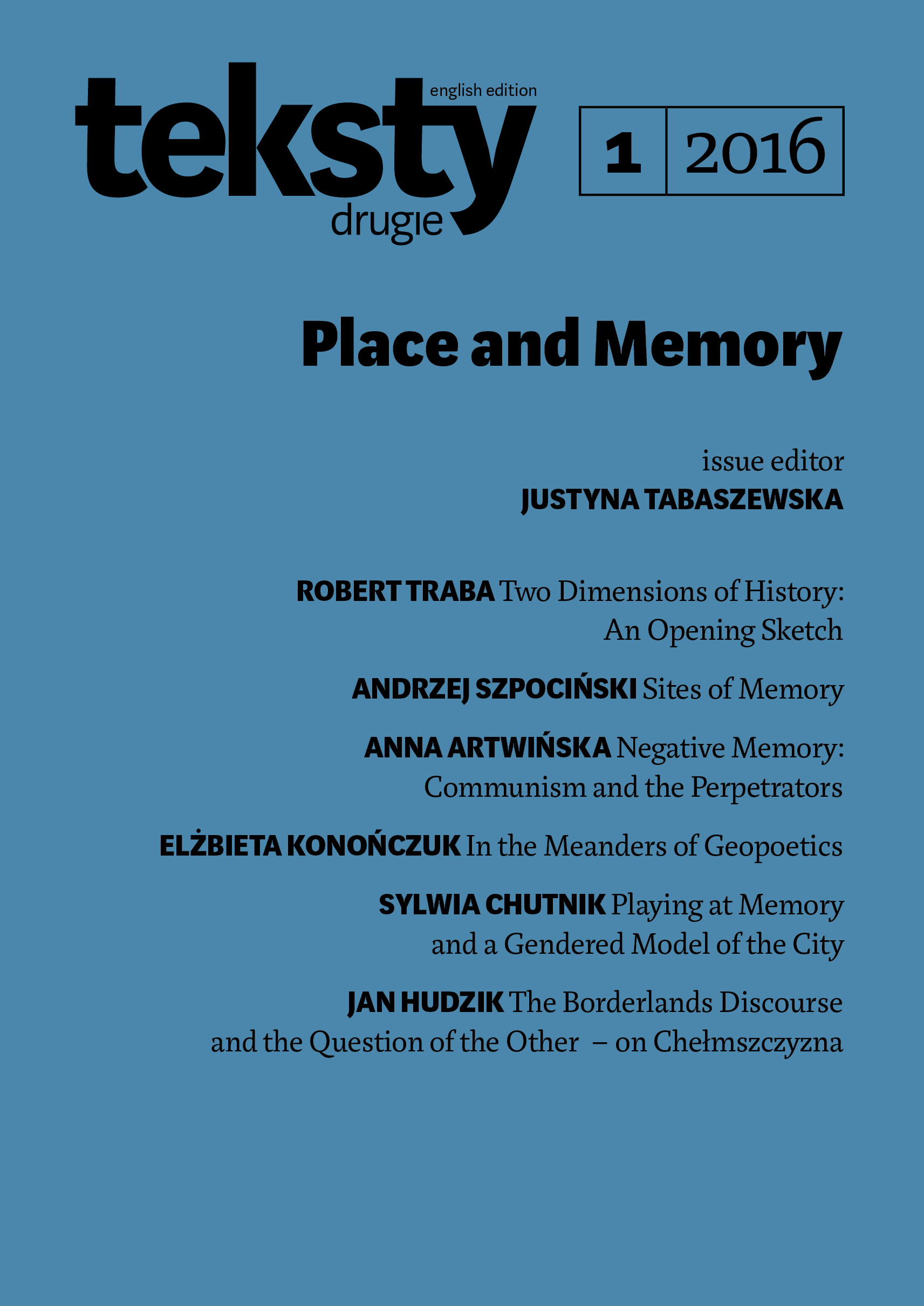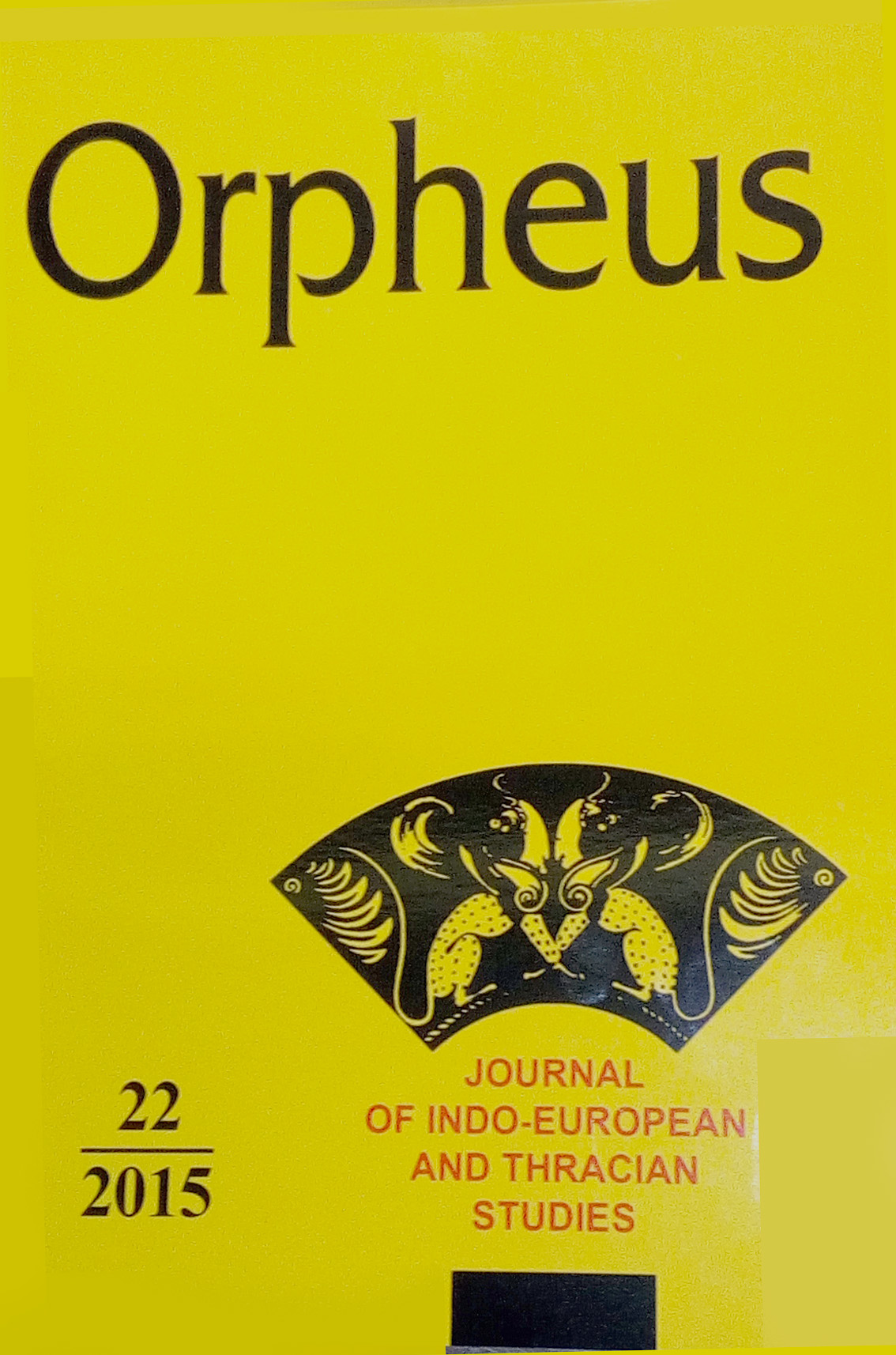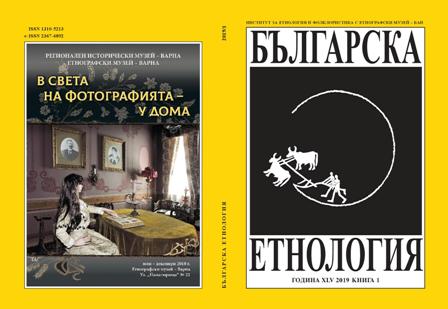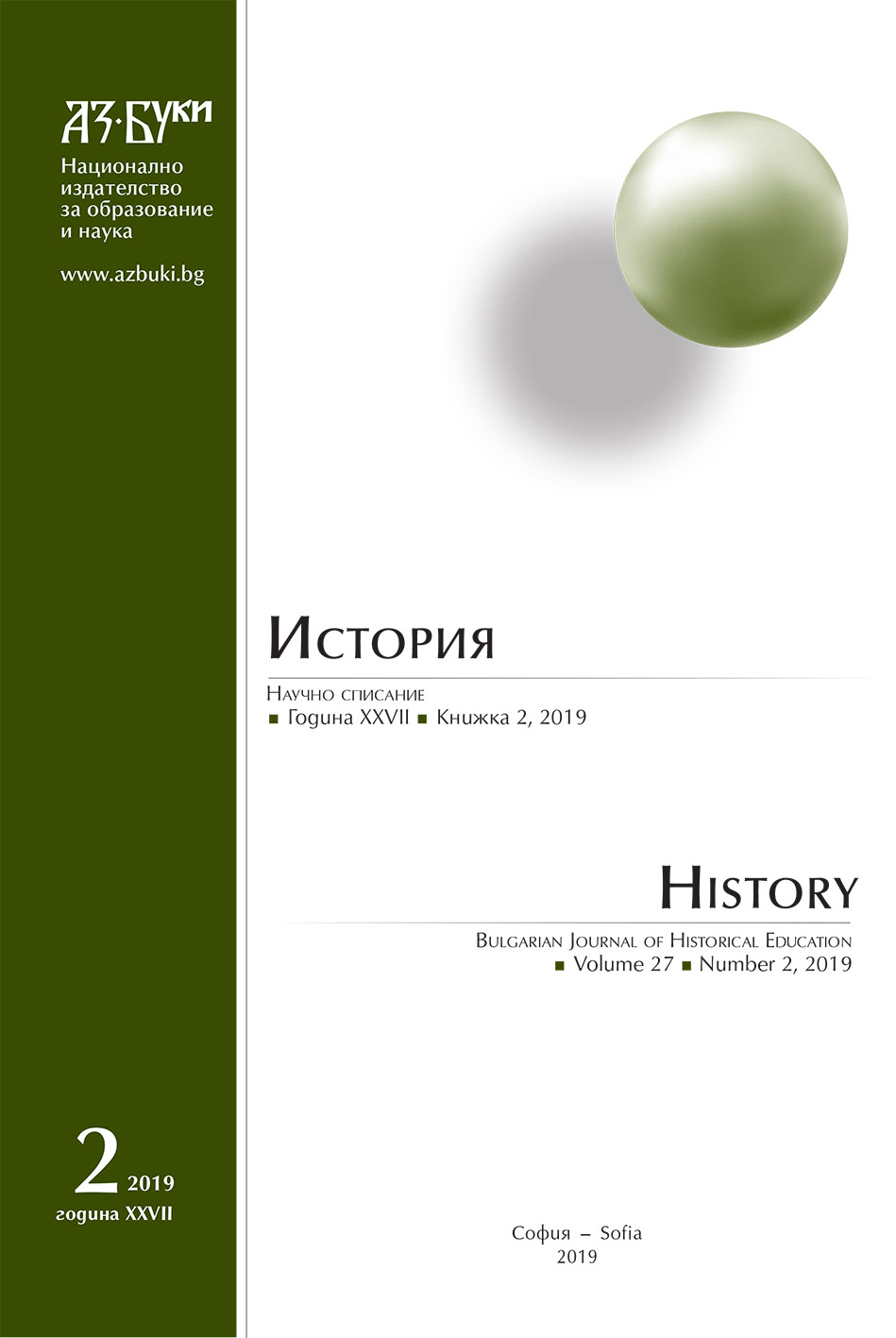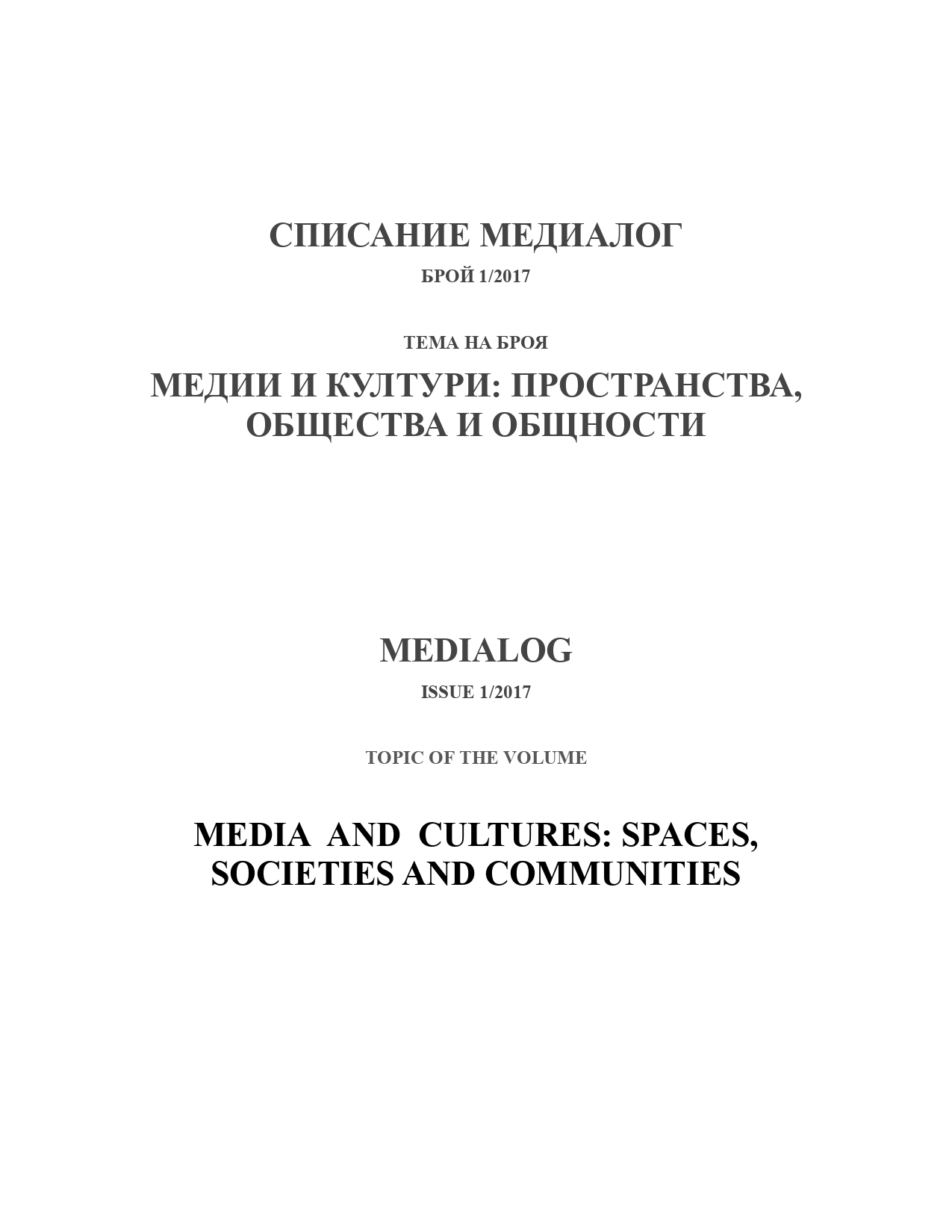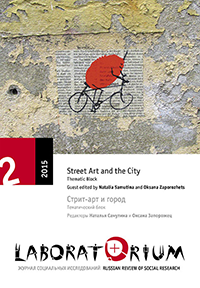
“If These Walls Could Talk”: Street Art and Urban Belonging in the Athens of Crisis
Political street art and slogans appear as visual markers of the shifting, complex discourses of power struggles, marginality, and countercultures that establish a new reality which must be seen and heard. As an art form, it is largely connected to and inspired by the existing social conditions. In the era of crisis, the central Athens of bygone years is now a terrain of conflict and metamorphosis, and the city’s walls are screaming a thousand stories. In other words, city walls are the canvas, and social conditions are the paint in a gallery of untold stories. Redefined symbols, decomposed stereotypes, re visioned aesthetics, and antiracist slogans are the tools for the transformation of walls into social diaries. In this light, street art is examined as a form of social diary, a visual history of marginalized and minority groups. Street art captures the need for self-expression in a changing environment, and street artists actively participate in the production of culture in the micro level by consciously contributing to the need for urban re-visions.
More...
